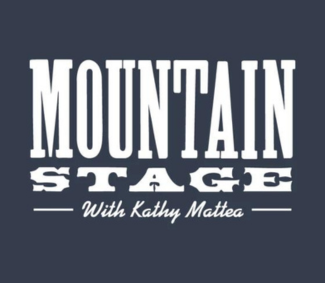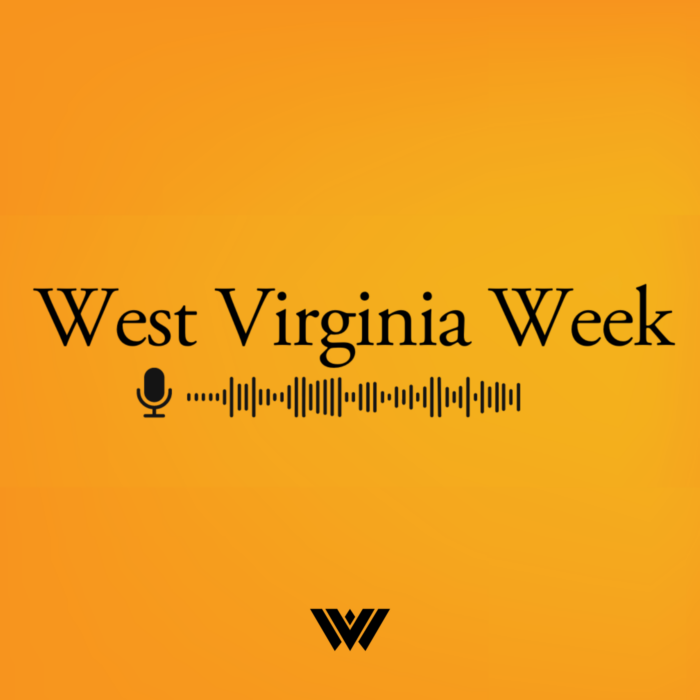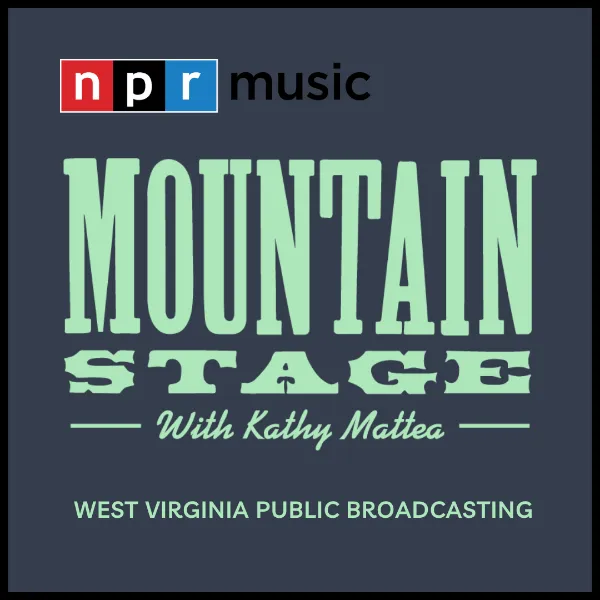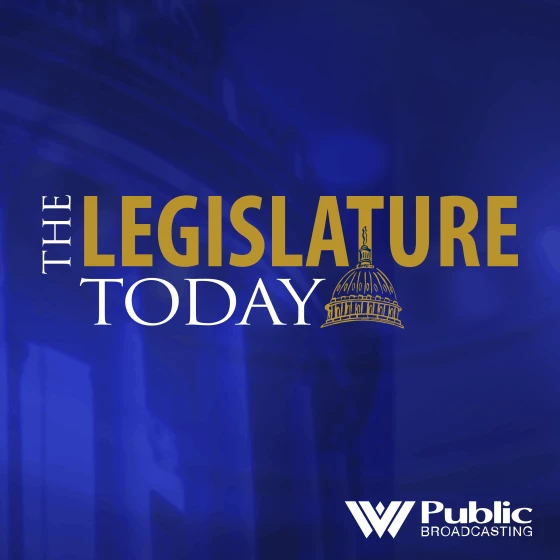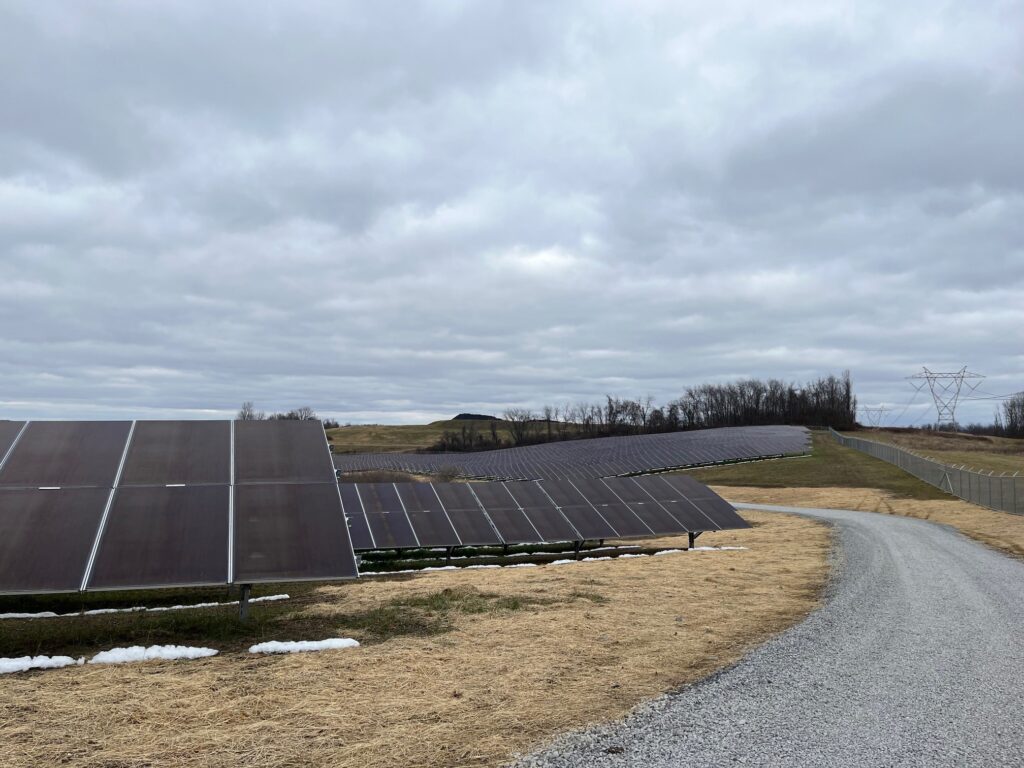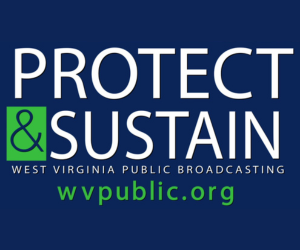Electricity prices in West Virginia have increased faster than the rate of inflation. A recent report concluded that the state’s heavy reliance on coal is the reason.
Curtis Tate spoke with the report’s author, Brendan Pierpont, director of electricity modeling for Energy Innovation Policy and Technology.
This interview has been edited for length and clarity.
Tate: What’s really behind the rising electricity prices in the state?
Pierpont: When you look at West Virginia, in particular, it stands out as a place where coal is, in spite of these economic forces, coal is remaining on the system and regulators are actually doubling down on coal in a lot of ways. And so even when utilities have conducted analyses that suggest that these coal plants should retire, regulators have pushed uneconomic plans to stay online, push the utilities to invest hundreds of millions of dollars in new investment in those plants and requiring those coal plants to run even when there’s cheaper power available on the market. So these costs are all costs that are going to electricity consumers.
Tate: You say that neighboring states and regions that are more dependent on natural gas have also seen an increase in electricity prices. Why is that?
Pierpont: As those states are certainly exposed to the same type of gas price volatility, the gas market is increasingly linked to global markets. And so wherever consumers are, wherever there’s a heavy reliance on gas, those prices tend to flow through to electricity customers. Though I do think you’re right, when you look at surrounding states, they have not experienced quite the same rate of increase in electricity prices, compared to West Virginia. They have in general experienced some level of increase in electricity prices, but definitely not at the same level as West Virginia.
Tate: What have other states done to stop electricity prices from rising as fast?
Pierpont: When we look across states, some of the states that have managed to keep electricity prices from rising as quickly, some of the states that have the lower rates of rate increases are actually states that have deployed renewable energy at a higher rate than many others. And so you have states like Iowa or Kansas, or even looking at Texas as an example where there’s pretty pretty significant expansion of wind and solar and energy storage. Those low-cost resources are offsetting the high and growing costs of fossil fuel resources like coal. And they’re also helping protect customers from the volatility in natural gas pricing that regions like the Northeast have been particularly exposed to.
Tate: So renewable energy is the cheaper way to go. What else does it take?
Pierpont: Renewable energy is cheap, and it’s getting cheaper. And I think what you see in a state like Texas, is that when you open the market to participation from the resources that are the most economic and the lowest cost for providing new sources of electricity generation, what gets built is primarily wind, solar and energy storage, and that helps lower cost to consumers overall. I think what is really essential to think about though, is you have this cheap resource like renewable energy, and it’s getting cheaper over time, but you really need to have a regulatory environment and mechanism that does planning in a way that that can unlock these low cost resources where everything’s put on an equal footing and utilities can select the lower cost resources.
Tate: State regulators say the continued operation of the coal fleet is in the best interest of the electricity consumer. Why not?
Pierpont: I don’t think that continuing to operate these plants is in the best interest of customers. I think we’ll continue this upward cost pressure on customers’ electric utility bills. One thing that I found pretty notable, and in the data that we looked at in our report was residential electricity rates have been increasing in West Virginia pretty substantially. Industrial rates and to a lesser extent commercial rates have increased at a rate below inflation. And so one thing that jumps out from that is that not only are these uneconomic coal plants continuing to be cost centers that are burdening ratepayers, but those costs are really being allocated disproportionately to residential customers, and they’re really bearing the high burden of that. I think there’s some likely reasons behind that. Keeping industrial rates low is an economic development incentive, but it means that there’s a really significant additional cost pressure on residential customers.
Tate: Large industrial customers coming to West Virginia want renewable power. Is there a mismatch?
Pierpont: I think that if you have a regulatory environment that is blocking the resources that are economic from coming onto the grid, and through the channels of regular regulated utility planning, and procurement of resources, if those avenues are closed off to whatever low cost, economic resources to be built, and then customers will either – especially those large industrial customers that have some choice in where they go – they’ll either locate in the places where they can get the resources that they’re looking for, or they’ll do as you were saying, find another way to procure those through building them on site as kind of a local micro grid or some other options like that. So I think there’s a really significant risk to the utilities in West Virginia of continuing down this path.













